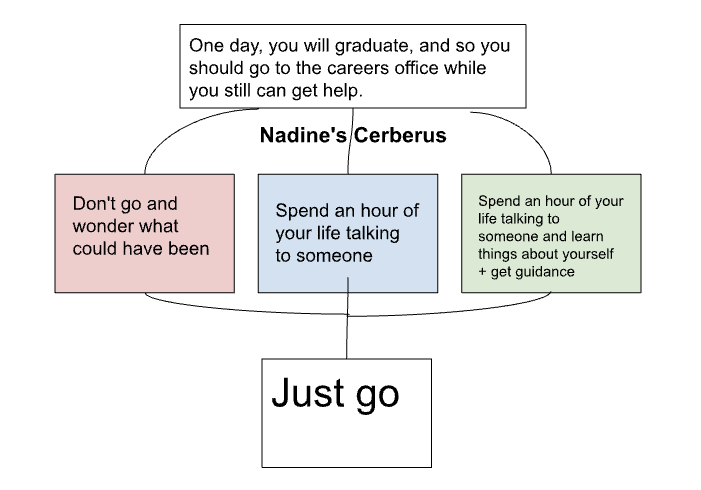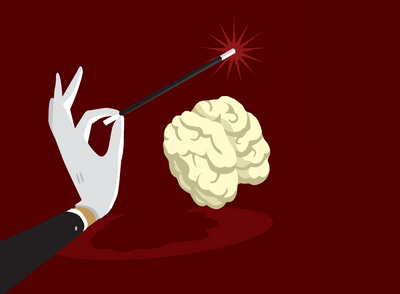DISCLAIMER: I am neither a medical professional nor a certified personal trainer. The following information is GENERAL fitness advice based off the ANECDOTAL experiences of myself and others. Always consult a physician before starting any exercise program.

Located on the first floor of Block B, the Bukit Timah Campus’ resident gym is probably less than ideal for most lifters: with its frustratingly narrow layout, sparse range of equipment, and dumbbells that only go up to 25kg (just kidding), it is likely to be among the most underutilised amenities that our campus has to offer.
Fortunately, by tweaking one’s approach, one can still achieve an effective workout, notwithstanding the meagre resources available to us in the BTC gym.
Here are 5 general pointers that anyone can follow:
- Focus on compound rather than isolation exercises

Don’t make the mistake of going to the gym, only to end up performing rep after rep of bicep curls.
Compound exercises, also known as multi-joint movements, involve more muscles, allow you to lift heavier weights, and will help to build overall muscle mass, including that of your arms (Public Library of Science, n.d.). As they give you the most bang for your buck, it is most efficient to make compound exercises the focus of your workout.
Examples of compound exercises include the chest press, shoulder press, row, and pull-up.
- Superset your exercises
A superset is done by choosing two exercises and performing them back to back with no rest in between. For instance, one could superset pull-ups and push-ups by performing a set of pull-ups, and then dropping to the floor immediately afterward for a set of push-ups before resting.
Supersets save you time: by performing two exercises in a single set, the time you spend resting across both exercises is effectively halved. This helps you finish your workout in a shorter amount of time so that you can get out of the gym and back into the study room where you belong.
In addition, studies have also shown that supersetting exercises helps one to expend more energy than if he or she were to perform reps and sets in the traditional manner (The Journal of Strength and Conditioning Research, n.d.).
- HIIT cardio: sprinting on the treadmill
Unbeknownst to many, the treadmill can in fact be used for sprinting, rather than the usual jogging and brisk-walking that we so often see. Not only are treadmill sprints a great form of increasing your aerobic fitness (Journal of the International Society of Sports Nutrition), they are also a great time saver.
Personally, I like to dial up the speed of the treadmill to one at which I can maintain a sprinting pace for 30 seconds. After 30 seconds are up, I hop off to the sides and leave the machine running. I then rest for 30 seconds before hopping back on and sprinting again. I typically repeat this about 10 to 12 times, which takes me between 10 to 12 minutes. The “hop-on, hop-off” technique required for this style of cardio may take some getting used to at first. Also, don’t do this on a full stomach.
- Apply progressive overload
You won’t make progress if you execute the exact same exercise routine day in day out. Ensure that you switch up the intensity of your workouts every now and then.
Weights starting to feel too light? Increase the number of reps per set, or just use a heavier weight. Your body will adapt to the increase in intensity (European Journal of Applied Physiology, n.d.).
- Have a plan in mind

Finally, avoid episodes in the gym during which you awkwardly stand around as you decide what exercise to do next. With a plan, you eliminate the awkwardness and can focus on exercising. As a result, your workouts will be shorter and more effective.
The idea is simply that a workout does not have to be long and dreary in order for it to be effective. As long as you train smart and plan ahead, you can save yourself time, while also continuing to make progress on your fitness journey.
Now that you have these tips in mind, go ahead and step into the gym, sweat it out, and have fun!
References
European Journal of Applied Physiology. (n.d.). Retrieved from https://link.springer.com/article/10.1007%2Fs00421-010-1735-9.
Journal of the International Society of Sports Nutrition. (n.d.). Retrieved from https://jissn.biomedcentral.com/articles/10.1186/1550-2783-11-16.
Public Library of Science. (n.d.). Retrieved from http://journals.plos.org/plosone/article?id=10.1371/journal.pone.0171632.
The Journal of Strength and Conditioning Research. (n.d.). Retrieved from http://journals.lww.com/nsca-jscr/Abstract/2010/04000/The_Metabolic_Costs_of_Reciprocal_Supersets_vs_.23.aspx.







